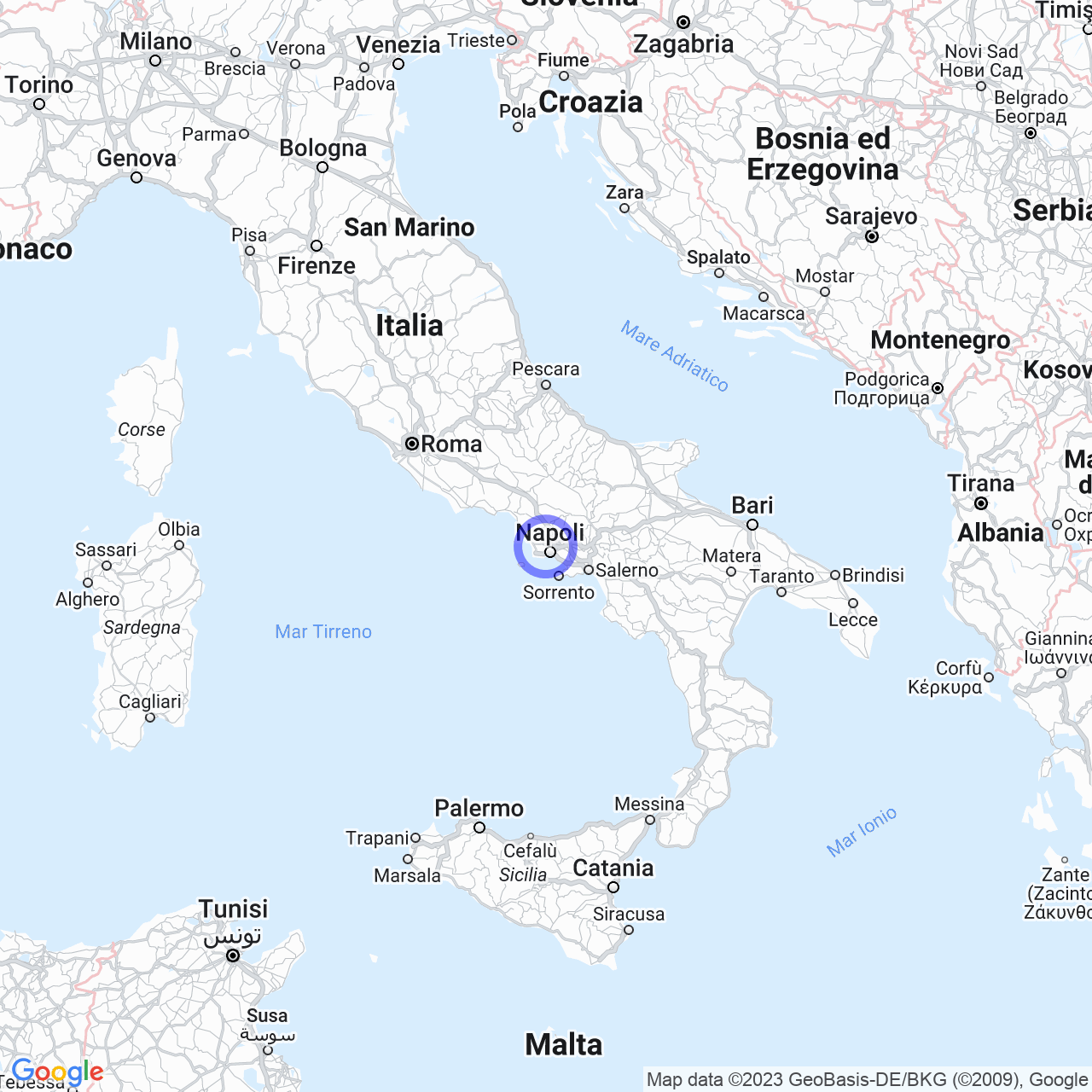Mugnano di Napoli
We are in Mugnano di Napoli
Hello friends! Today I'm going to tell you about Mugnano di Napoli, a small town in Campania with about 34,000 inhabitants. The original name, Mugnano 'e Nàpule, now refers to this village located in the north-western outskirts of Naples. In the past, however, Mugnano was part of the territory of Capodimonte.

Physical Geography
Territory
The town extends between the Campanian plain and the hills of Camaldoli. Here, the altitude varies between 101 and 146 m above sea level, with a slope towards the south. The territory is predominantly flat, with some slight slopes in the east-west direction.
Geology
The geological formation of Mugnano is similar to that of the metropolitan belt of Campania, with volcanic deposits coming from Campi Flegrei and Monte Somma-Vesuvio. Here you can find yellow tuff, humified pozzolana, lava, breccia, ash, granular pumice and sand.
The Camaldoli territory is characterized by watercourses that join the Clanio stream, crossing the hollows and canyons, grooves dug by rainwater in the tuff rock.
The Lagno and the climate
In the 19th century, large hydraulic projects were carried out to prevent flooding of the countryside. For this reason, Il Lagno was created, a large artificial channel that flows for about 1.5 km, crossing Mugnano and flowing into the sea between Licola and Varcaturo. Despite several redevelopment and recovery projects, some parts of the watercourse have been covered and the surrounding territory has undergone modifications.
The climate of Mugnano is Mediterranean, influenced by tropical currents. Summers are hot, while winters are mild but rainy. On average, there are 87 rainy days per year and the amount of precipitation per year is 747 mm. During the period May-August, however, there is a reduction in rainfall, which can even be absent in some years between February and October.
Conclusions
So, friends, this is Mugnano di Napoli! I hope this story has helped you discover something new about this place full of history and natural beauty. Until next time!
